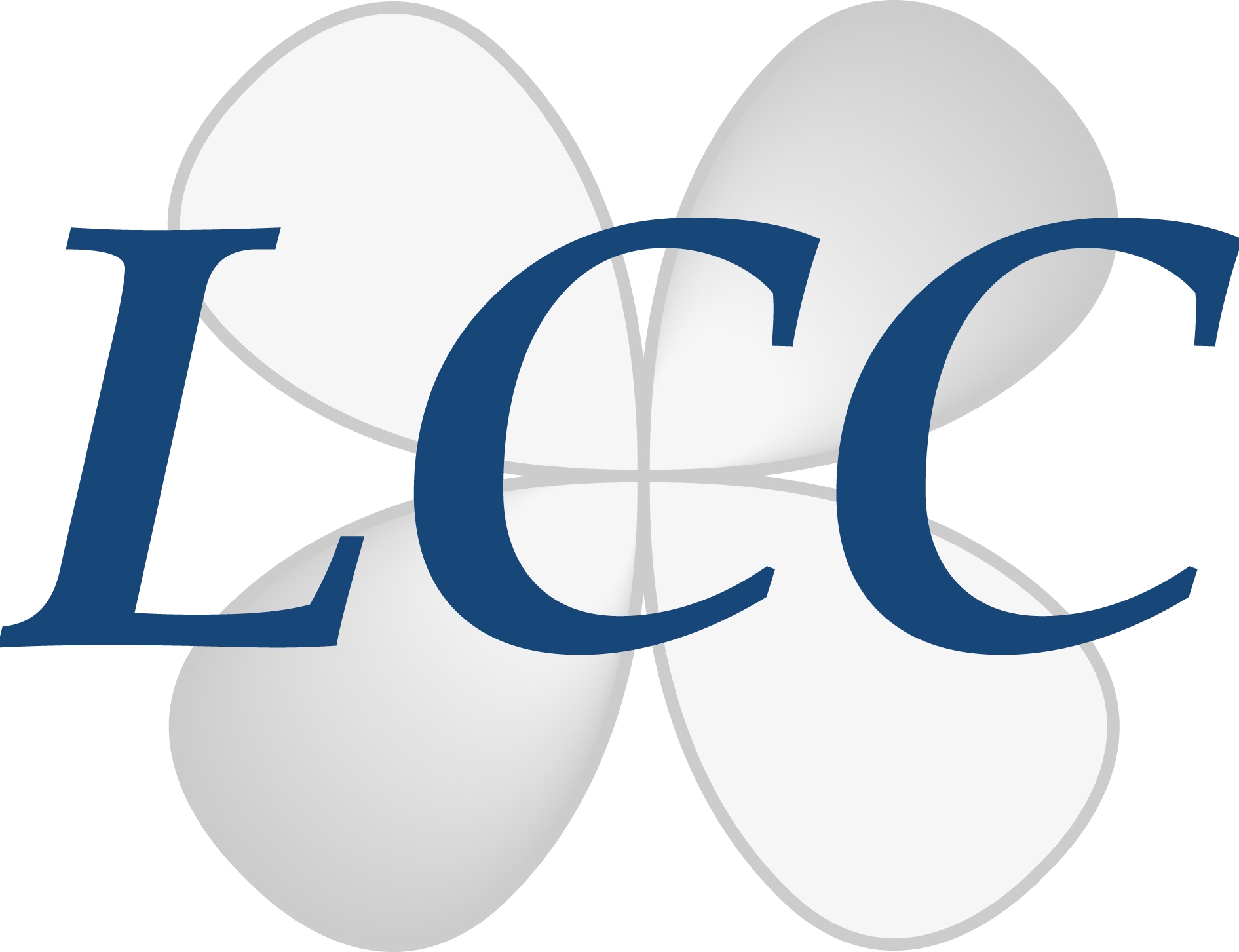Metal-ligand cooperation with NHC-phosphonium ylide pincer complexes
CHEMISTRY & GREEN CHEMISTRY

Lab: LCC
Duration: NanoX master Internship (8 months part-time in-lab immersion)
Latest starting date: 06/09/2023
Localisation: LCC-CNRS – Toulouse University Paul Sabatier
205 route de Narbonne - BP44099
31077 Toulouse cedex 4 - FRANCE
Supervisors:
Yves Canac yves.canac@lcc-toulouse.fr
Dmitry Valyaev dmitry.valyaev@lcc-toulouse.fr
This research master's degree project could be followed by a PhD
Work package:
Among the large variety of ligands made available, carbon ligands have become essential, especially with the emergence of N-heterocyclic carbenes (NHC). Phosphonium ylides (PY: R3P+−CR2− <-> R3P=CR2), which represent an alternative class of carbon ligands act also as effective Lewis bases in coordination chemistry. Electron-rich NHC-phosphonium ylide Pd(II) complexes were thus recently prepared in the bidentate (A),[1] and in the pincer series (B),[2] the latter being active in the catalytic allylation of aldehydes. In parallel, a bidentate NHC-based Mn(I) complex (C) featuring a phosphonium ylide (PYr) bound in a reversed fashion to the metal was reported to activate H2 through a new mode of metal-ligand cooperation acting as one of the most efficient pre-catalyst for ketone hydrogenation in manganese series.[3] Based on these results, it is envisioned now to prepare unprecedented pincer complexes of type D exhibiting NHC ligand N-substituted by two phosphonium ylides, one ylide being bound to the metal in a conventional manner by its C-atom to provide strong electron density and the other one in an unconventional manner by its P-atom to bring non-innocent character. The synthesis of Pd(II) and Ni(II) complexes D could constitute a step forward in the design of new cooperative carbon-based systems, both from a fundamental point of view but also in the perspective of catalytic applications (See corresponding illustration as attached file).

References:
[1]- I. Benaissa, R. Taakili, N. Lugan, Y. Canac, Dalton Trans. 2017, 46, 12293.
[2]- (a) R. Taakili, C. Lepetit, C. Duhayon, D. A. Valyaev, N. Lugan, Y. Canac, Dalton Trans. 2019, 48, 1709. (b) R. Taakili, C. Barthes, A. Goeffon, C. Lepetit, C. Duhayon, D. A. Valyaev, Y. Canac, Inorg. Chem. 2020, 59, 7082. (c) M. El Kadiri, A. Chihab, R. Taakili, C. Duhayon, D. A. Valyaev, Y. Canac, Organometallics 2022, 41, 456.
[3]- R. Buhaibeh, O. A. Filippov, A. Bruneau-Voisine, J. Willot, C. Duhayon, D. A. Valyaev, N. Lugan, Y. Canac, J-B. Sortais, Angew. Chem. Int. Ed. 2019, 58, 6727.
Areas of expertise:
Carbenes, ylides, ligand design, cooperativity, pincer complex, metal.
Synthetic chemistry, coordination chemistry, homogeneous catalysis, DFT calculations.
Required skills for the internship:
Good knowledge in organic synthesis, organometallic chemistry, and advanced
characterization techniques (multinuclear NMR, X-Ray diffraction, MS, IR,…).
